Jim Koerner, a sergeant in the 10th Armored Division, was captured in the first days of the Battle of the Bulge. After the war, he worked as a night foreman at a trucking company and had a lot of time on his hands, so he wrote down his memories on a few pads of yellow legal paper, and then put the final manuscript, which he titled “Nine Lives,” in a drawer and didn’t open the drawer for more than 40 years. It contained several harrowing incidents, each of which was followed by a parenthetical remark such as (“eight lives to go.”) By the end of the manuscript, was down to one or two lives. “They say the infantry is cannon fodder,” Arnold Brown said when Aaron Elson visited him at his home in a senior complex in Owensboro, Kentucky. “This is true, and I was in a situation which illustrates it.” Frank Bertram, a 19-year-old navigator, was captured by 12 year old Walter Hassenpflug after bailing out during the Kassel Mission air battle. Fascinated by the air battle that took place more than 20,000 feet above his German village, Walter began researching the battle as an adult. One day a letter arrived at Frank Bertram’s house in San Francisco stating that Walter was looking for a 19 year old navigator from San Francisco, and Frank realized “Hey, that’s me!” Partly as a result of that connection, today a monument stands in Friedlos with the names of 117 American crew members and 17 German fighter pilots who died in the Kassel Mission battle. The nine narratives in “9 Lives” are drawn from oral history interviews.
Nine Lives; An Oral History
$17.95 Original price was: $17.95.$14.95Current price is: $14.95.
Studs Terkel said World War 2 was a “Good War.” Arnold Brown, a rifle company commander in the 90th Infantry Division, said World War 2 wasn’t a “good war,” it was a “must war.” Brown grew up in rural Kentucky. He hopped a freight train and enlisted in the Army in 1936 because he was “tired of eating cornbread and molasses three times a day.” Despite having only an eighth grade education, he received a waiver to attend Officers Candidate School and once he joined the 90th Infantry Division as a replacement in Normandy, he rose quickly through the ranks. Kay Brainard Hutchins had one brother who was a prisoner of war and another who was missing in action, so she joined the Red Cross and went to England so she would be closer to them when they were released (the brother who was MIA successfully bailed out of his burning B-24 on the Kassel Mission only to be murdered on the ground by civilians). Vern Schmidt joined the 90th Infantry Division along with two other men as replacements in the Siegfried Line. Within ten days, both of the other men had been killed. These and other veterans of World War 2 share their stories in this collection of narratives drawn from oral history interviews by Aaron Elson.
Availability: 10 in stock
You may also like…
-
8th Air Force
Up Above the Clouds to Die
Rated 0 out of 5$27.95Original price was: $27.95.$24.95Current price is: $24.95. Add to cart
Related products
-
712th Tank Battalion
Tanks for the Memories
Rated 0 out of 5$27.95Original price was: $27.95.$24.95Current price is: $24.95. Add to cart -
8th Air Force
Prisoners of War
Rated 0 out of 5$27.95Original price was: $27.95.$24.95Current price is: $24.95. Add to cart -
712th Tank Battalion
A Mile in Their Shoes
Rated 0 out of 5$17.95Original price was: $17.95.$14.95Current price is: $14.95. Add to cart -
Bastogne
The D-Day Dozen
Rated 0 out of 5$27.95Original price was: $27.95.$24.95Current price is: $24.95. Add to cart
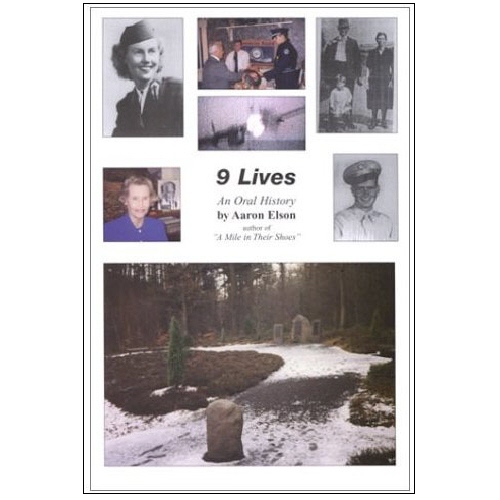
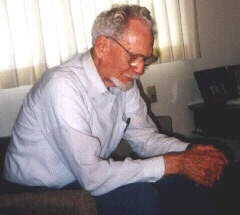
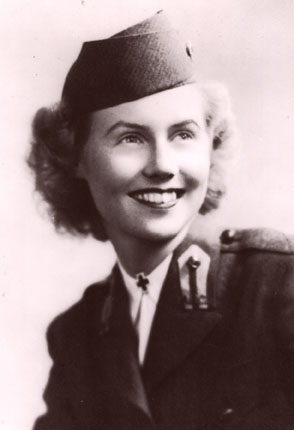
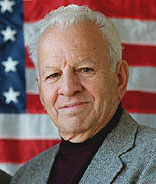
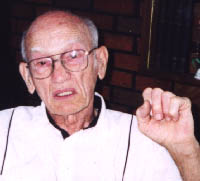
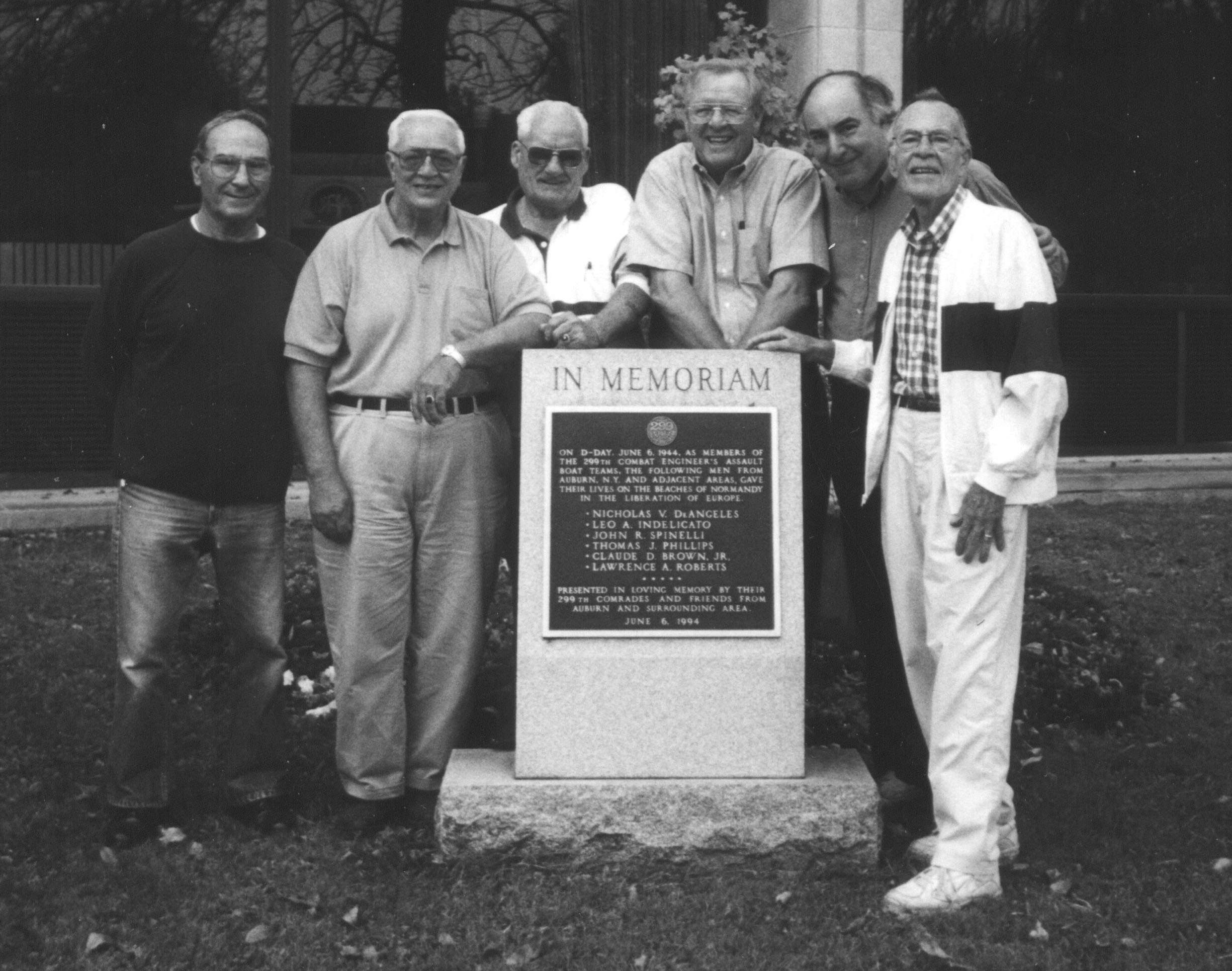
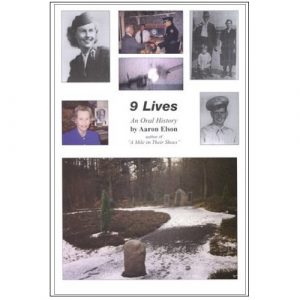
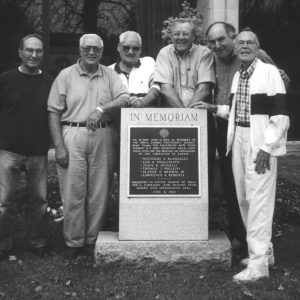

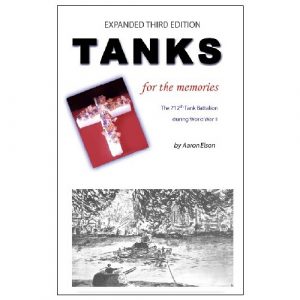

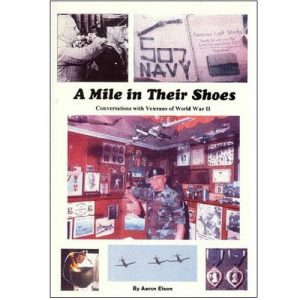

Reviews
There are no reviews yet.